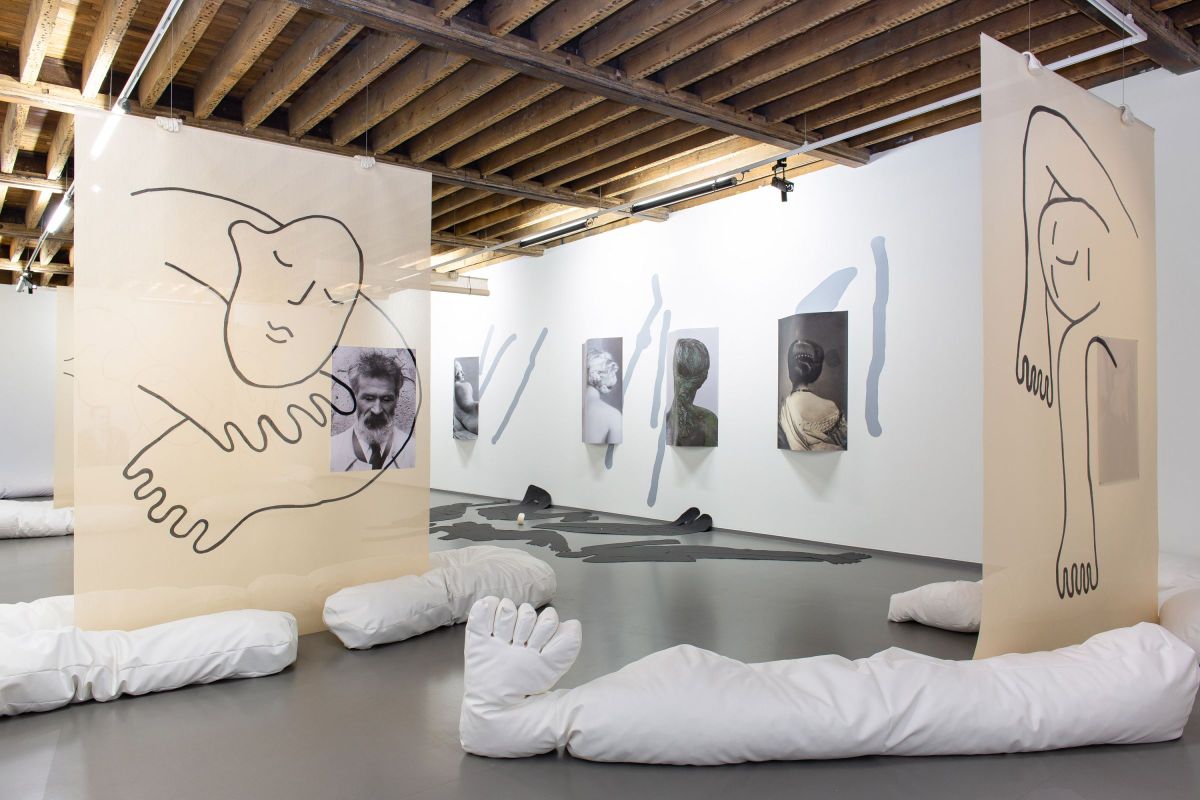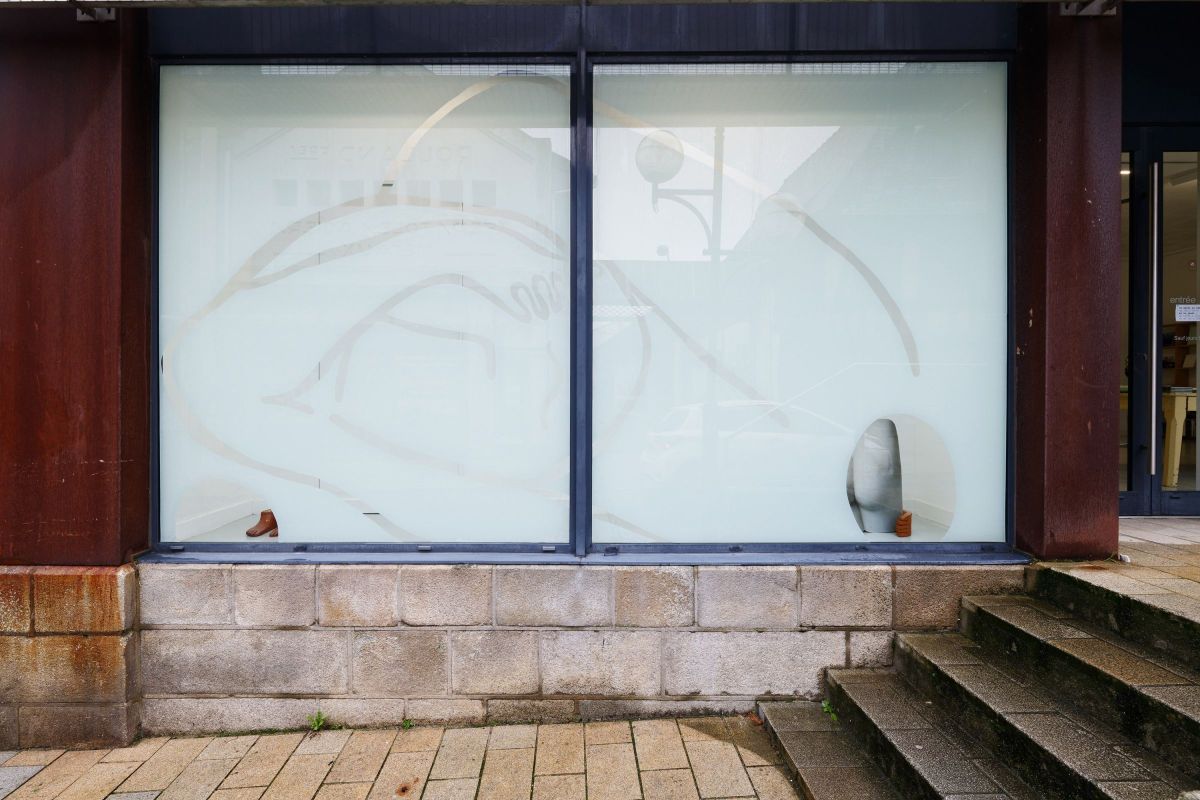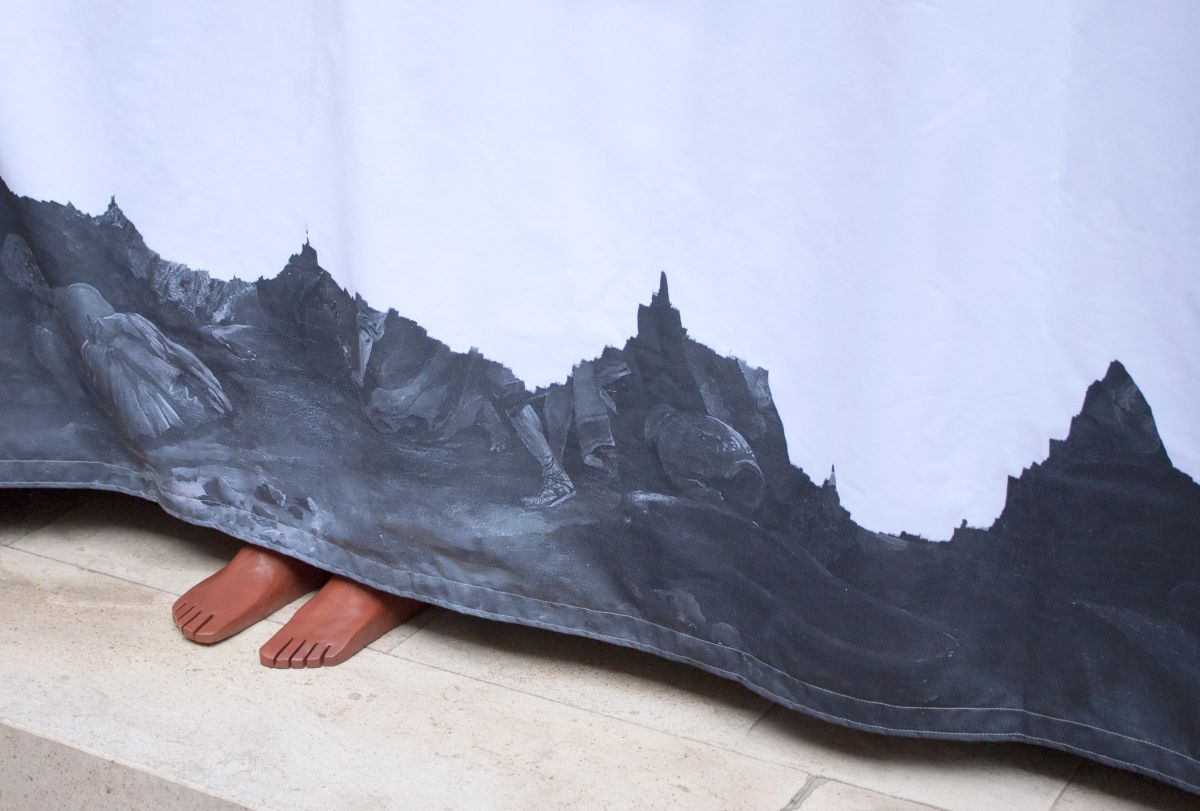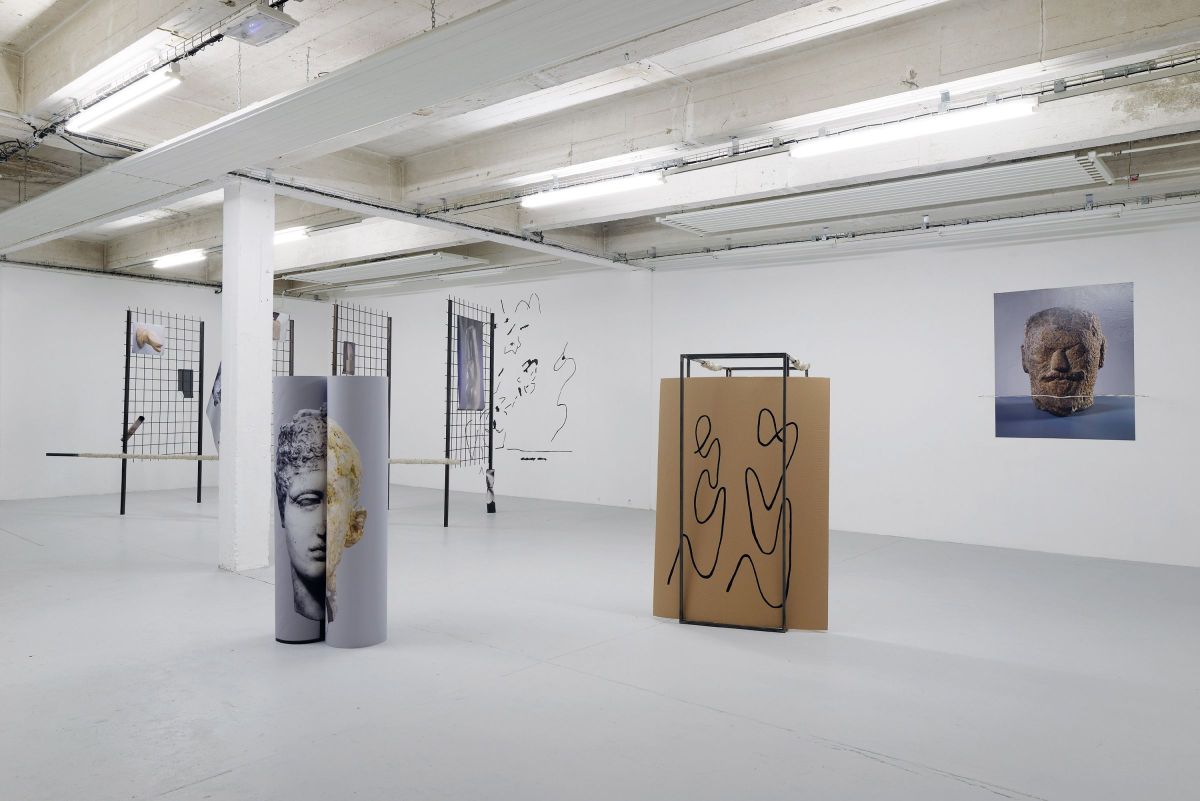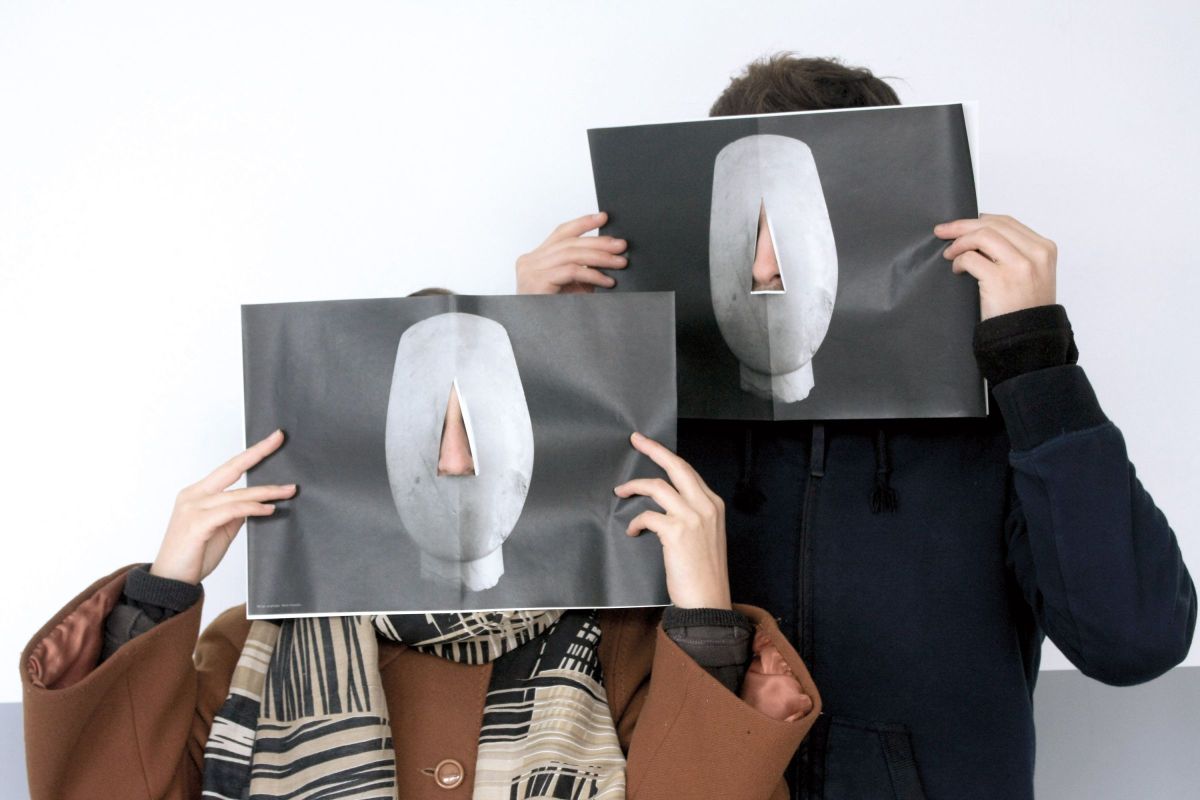Clémence Estève is a visual artist who subverts, preserves and orchestrates a wide range of artwork reproductions. For years, the iconographic artist has patiently put together a collection of images taken from the collections of some of the greatest Western museums. On her hard drive, away from prying eyes, she has become the curator and guardian of a collection that only she visits, but from which she sometimes lets one item or another escape. However, she has concurrently developed a crucial reflection on the way the gaze is constituted, collections are put together and history self-corrects. She takes on these many inconsistencies playfully, as if they warranted rectification. Whomever has suffered the […]
Clémence Estève is a visual artist who subverts, preserves and orchestrates a wide range of artwork reproductions. For years, the iconographic artist has patiently put together a collection of images taken from the collections of some of the greatest Western museums. On her hard drive, away from prying eyes, she has become the curator and guardian of a collection that only she visits, but from which she sometimes lets one item or another escape. However, she has concurrently developed a crucial reflection on the way the gaze is constituted, collections are put together and history self-corrects. She takes on these many inconsistencies playfully, as if they warranted rectification. Whomever has suffered the same compulsive excitement as Clémence Estève has whilst scrolling through digital museum catalogues will have undoubtedly noticed that the photographs featured in them follow a highly standardised protocol: cold, flattening lighting that cancels out any shadow or artifice, and works presented against a dull background. The artist repurposes this apparent neutrality through her practice of drawing. These two aspects of her practice – curatorial collecting and restorative drawing – complete one another when Clémence Estève creates her works, which are generally made up of sets of pieces presented throughout the exhibition space. Her sketches break out of the artwork reproductions, spread out over the white walls as three-dimensional shapes, like as many retinal persistence phenomena. A proudly raised finger breaks free from the shell of a closed fist; a friendly hand drapes over a human shoulder; whimsical feet hold up pictures from another era.
Excerpt from a text by Andy Rankin for the Révélations Emerige 2022
